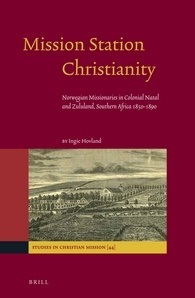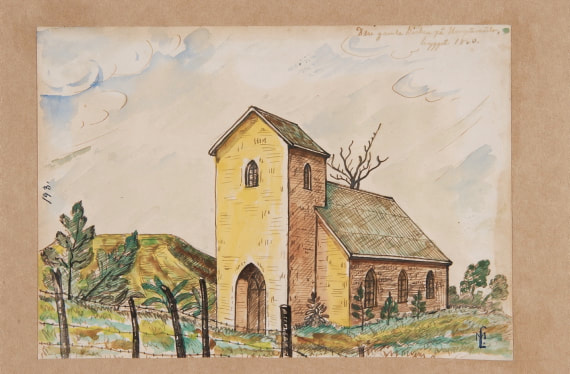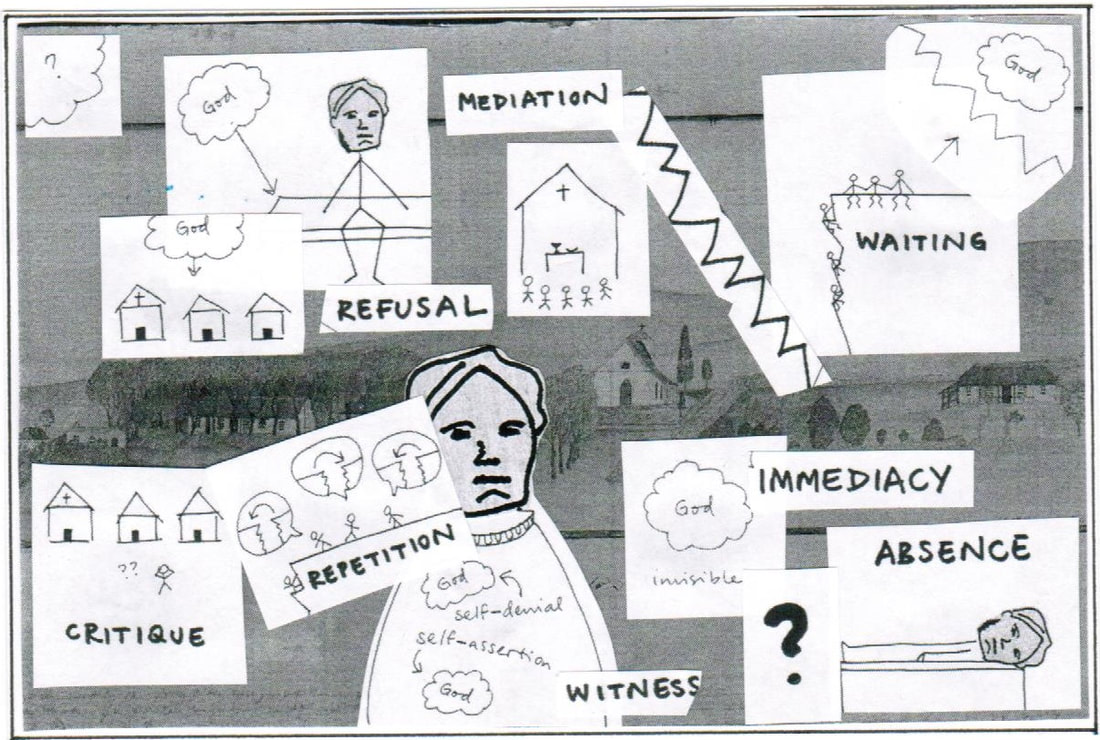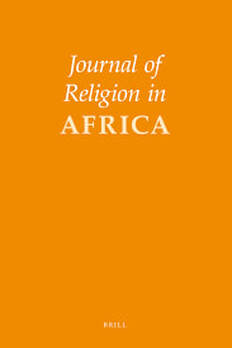Mission Station Christianity
|
In Mission Station Christianity (2013) I use the lens of the anthropology of Christianity to suggest that the spatial practice of Christianity that crystallized on the mission stations in colonial Southern Africa contributed decisively to the missionaries' becoming cheerleaders of Empire.
My case study is a group of Norwegian Lutheran missionaries on the colonial frontier. They settled in the Colony of Natal and neighboring Zululand around 1850, with an abstract idea of the basic equality of all Christians, regardless of race. Mission Station Christianity presents an anthropological history of the practices that evolved among this group, including understandings of gender and race, as they sought to "make God present" in a new situation. I examine how the missionaries' daily Christianity influenced how they set up the mission stations, and how, in return, these spaces came to influence the missionaries' daily patterns of Christianity. Words and objects, female and male missionary bodies, "problematic" converts, and the utopian imagination are discussed, as well as how the surrounding Zulus made use of (and ignored) the stations. Methodologically, I trace this process based on "ethnography in the archives": drawing on an ethnographic perspective while reading closely and interpreting old missionary sources, such as letters and reports. By the 1880s the majority of the Norwegian missionaries had shifted to become practical and theological supporters of British colonialism, viewing it as best for the Zulus to be subject to white, male rule in politics and in the church. I argue that this situation was prepared and made thinkable by the places the missionaries had set up and become familiar with from the 1850s: "their way of working out how to live Christianity in the world and to create an inhabitable Christian space" (p. 233). |
Three further articles that came
out of this research project:
|
"Christianity, Place/Space, and Anthropology:
Thinking Across Recent Research on Evangelical Place-Making," Religion, 2016. |
|
"Beyond Mediation: An Anthropological Understanding of the Relationship between Humans, Materiality, and Transcendence in Protestant Christianity,"
Journal of the American Academy of Religion, 2018. |
|
"Protestant Replications: The Conversion, Ordination, and Schism of a Zulu Bishop in Colonial Natal,"
Journal of Religion in Africa, 2023. |





